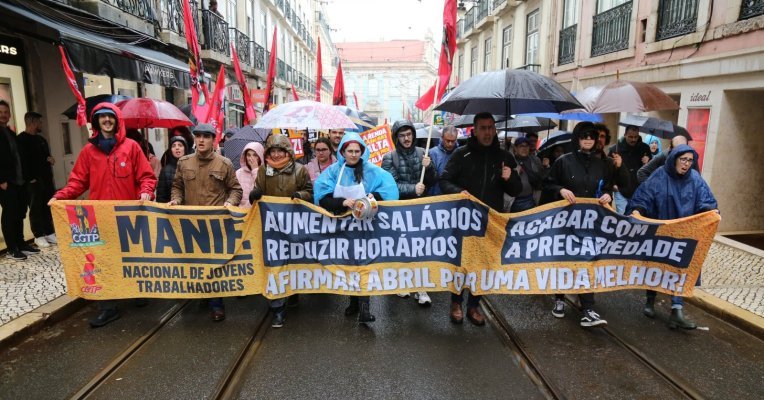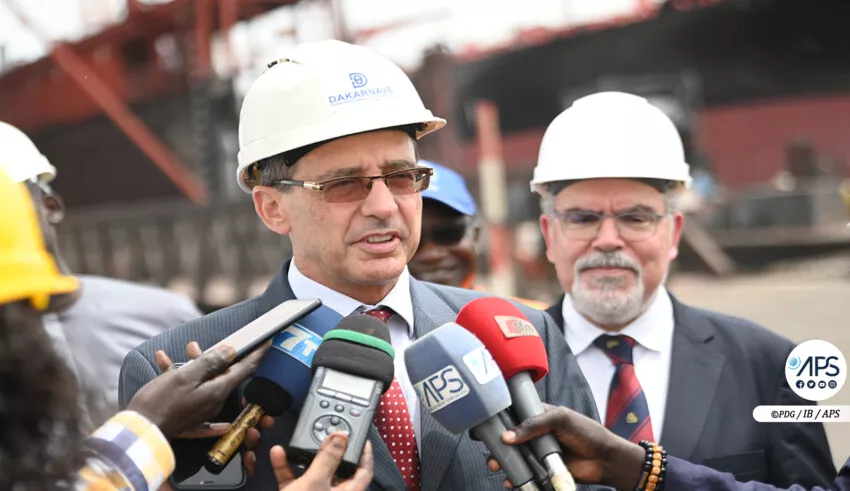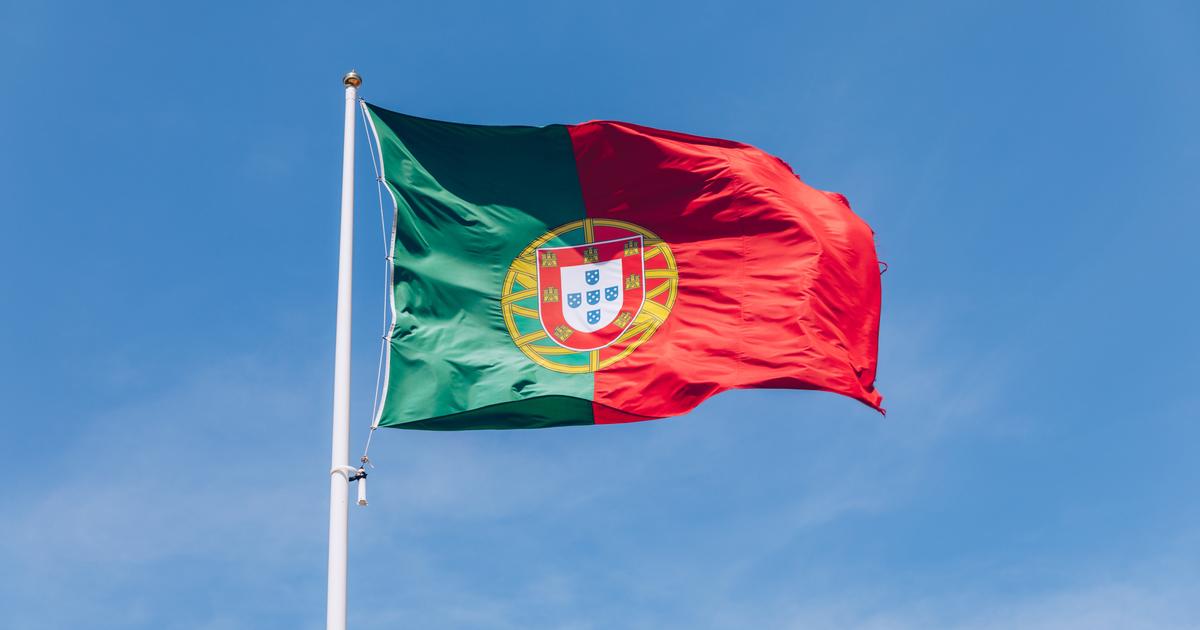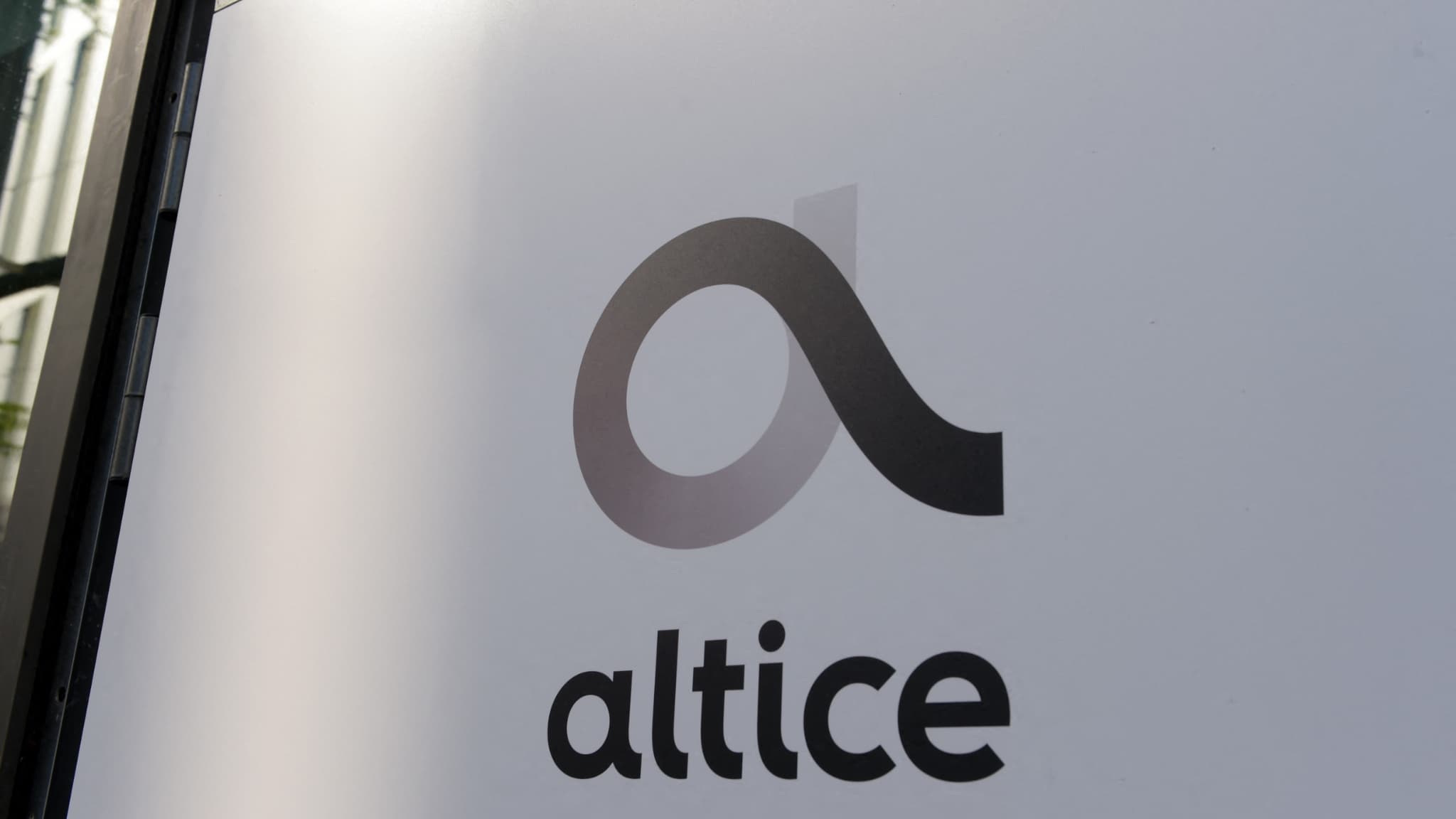
Blue landscapes, precious fabrics and accessories and architectural details worthy of the greatest Flemish masters: the Portuguese Renaissance painters remained in the shadows for a long time on display at the Louvre in Paris.
This exhibition presents, Friday through October 10, 13 works, all religious, painted in the first half of the sixteenth century.
At the time, Lisbon, the capital of a vast empire, was a multicultural city where the riches and discoveries of the New World flowed. It also houses the court of King Manuel I.
A cousin of King John II, who succeeded him in 1495, Manuel I established his legitimacy not only through maritime exploration, during whose reign Vasco da Gama discovered the way to India and Pedro Alvares Cabral of Brazil, but also thanks to the patronage, inviting representatives of the Flemish school to settle in the kingdom.
Among these, Francisco Henriques or “Master of Lorinha” (whose real name is not known) imported to Portugal a highly precise technique of oil painting, allowing for the emergence of what is now known as the golden age of the Portuguese Renaissance.
However, this prosperous period is not known to the general public. Why? The earthquake that destroyed Lisbon in 1755 caused the transfer of its architectural and pictorial treasures. And the process of “discrediting” (property appropriation) that began in the nineteenth century, which enabled the Portuguese state to recover a large part of the Church’s heritage, and impeded its circulation outside the frontier, limiting its international influence.
“We like to say that it is very good that it avoided the dispersal of the Portuguese heritage, but there is another aspect: we do not have a presence in the great museums of the world, and the interest of historians during this period is shorter,” explained to the press, at the Louvre, Joaquim Oliveira Caetano, at the Museum National Museum of Ancient Art in Lisbon.
Among the painters to discover: Nuno Gonçalves (considered the father of the Portuguese Renaissance), Jorge Afonso (active between 1504 and 1540), Cristóvão de Figueiredo (between 1515 and 1554) or Gregorio López (between 1513 and 1550).





;Composite=(type=URL,url=https://images.radio-canada.ca/v1/assets/elements/16x9/outdated-content-2014.png),gravity=SouthEast,placement=Over,location=(0,0),scale=1)
